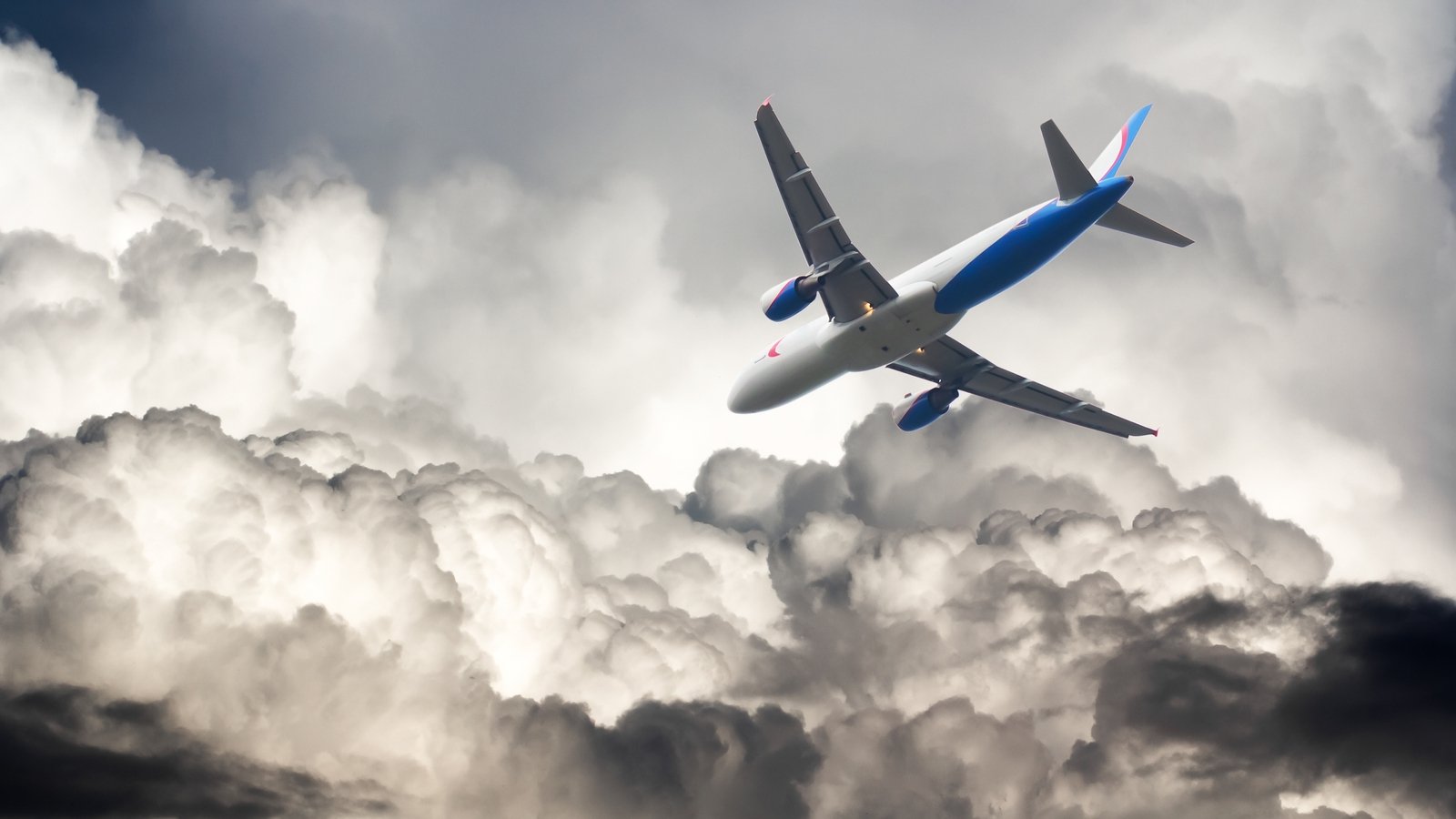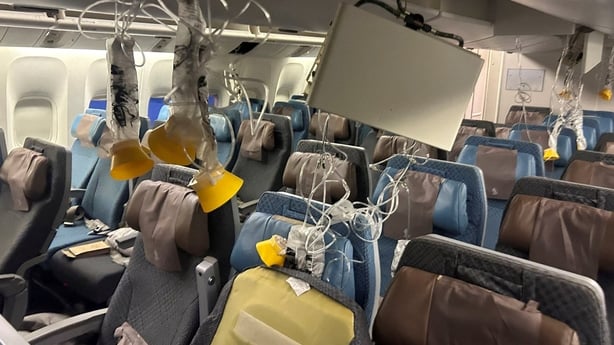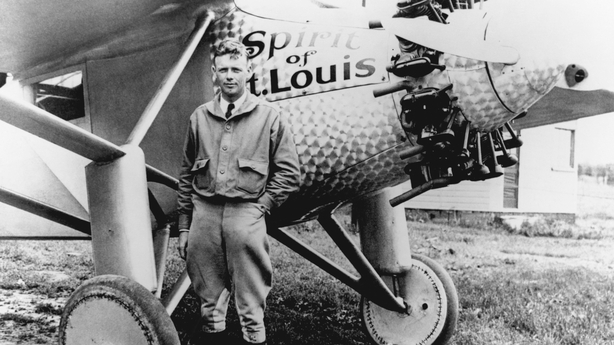Bussiness
Is climate change having an impact on aviation?

The sky is really like a big ocean above us and aircraft control surfaces in many ways mimic boats at sea, with rudders and trim.
But is that ocean above us getting choppier, and if so, why?
Following two high profile incidents in recent weeks, clear air turbulence is a suspect in the heavy jet liners being thrown around.
The question now is whether climate change is having an impact on aviation, as well as how much impact aviation itself is having on climate change.
One of the more detailed studies on this has been carried out by the University of Reading in the UK.
Their decade long research found turbulence on the Atlantic routes had increased by 55% between 1979 and 2020. They believed changes in wind speed at high altitude because of warmer air from carbon emissions was to blame.
They found similar results in routes across Europe, the middle east and the south Atlantic.
Isabel Smith, one of the report’s authors, put it simply: “The culprit behind the newly turbulent skies is climate change”.
Ms Smith believes as global temperatures rise it creates more bumps in the sky and warns the problem is not going away.
Reading’s Professor Paul Williams echoes this with a warning that air turbulence, particularly in the northern hemisphere, could “triple” in the coming decades and hot air rises to meet cold air.
Meteorologists point to already visible change to the once dependent Jetstream wind system, and how that is already causing weather events across Europe each summer, and now at 35,000 feet for airliners. Prof William believes that changes in the hot and cold air that creates the Atlantic Jetstream is making it less stable.
Clear air turbulence is invisible pockets of disturbed air which an aircraft enters unannounced. Think of it like giant potholes on a road that you can’t see.
Aircraft fly with a flow of smooth air over the wings, unexplained loss or change to that clean air flow rocks planes, at times violently.
Although they are designed to take it, turbulence increases wear and tear and costs the industry millions in repairs with 65,000 aircraft experiencing some form of it every year, according to the NTSB and the Centre for Atmospheric Research.
These repairs are often to broken cabin ceilings and seats, and rarely to the structure of the aircraft itself.
Some forms of it can be anticipated, a plane over the Atlantic with a rough Jetstream wind may expect some.
Bad weather will create some, a big airliner flying ahead of you might cause wake turbulence. Pilots may expect it flying over the Alps for instance, as hot air rises creating mountain wave turbulence.
Flight crews on other aircraft will leave radio reports of what they encountered, and those messages will be relayed, and there are scales from light to extreme. However, it is the occurrence of severe or extreme clear air turbulence that is causing concern.
It is hard to detect, impossible to see and generally occurs at high altitude as aircraft glide along in usually smooth air. Once struck though, pilots can take some actions to get clear or at least minimise contact.
Their plane is effectively being hit by a rogue wave, and like a ship’s captain they will simply try to ride the wave, but its hard to escape it completely and the Reading study predicts incidents will not only be more frequent, but they will also last longer too.
Cabin crew are worst affected, as they are rarely strapped in during flight and account for 80% of related injuries according to published figure, followed by passengers.
The pilots up front always have their belts on and a study is under way that could change the rules for cabin seatbelts and cabin crew movements during phases of the flight. Keeping your seatbelt on meanwhile, is the advice that’s being given. And it’s good advice.
Sara Nelson, President of the US Association of Flight Attendants, says many colleagues have suffered severe injuries when heavy turbulence strikes without warning. Among other measures, their association also points to climate change saying the move to more sustainable types of fuel must be accelerated.

In 2019, according to ‘Statista’, commercial aviation consumed 95 billion barrels of fuel, a record high. That is effectively 8% of all fuel used on the planet, according to Bloomberg NEF research.
They estimate in or around eight million barrels a day are now being consumed. Their research projects this could rise to 15 million barrels a day by 2050.
All of this is contributing to climate change, according to the European Commission, who in a paper published in 2021 said a passenger flying from Lisbon to New York and back again left roughly the same carbon footprint as someone heating their home for an entire year.
Aviation, they said, accounted for over 13% of all transport emissions and if it were a country would rank in the top ten emitters.
But they also accept the aviation industry is reducing emissions. Between 2005 and 2017, emissions per passenger have fallen by 24%. Engine efficiency has improved, and older aircraft have retired.
It is not yet 100 years since Charles Lindbergh made his 1927 historic flight across the Atlantic in the “Spirit of St Louis” aircraft, flying from New York to Paris and collecting his $25,000 prize for doing so.
Lindbergh and the plane are worthy of mention here because while there was a lot of pioneering going on in the world of aviation at that time, it is said his flight was the starting pistol on the race to create long haul passenger services.
Fuel, and lots of it, was key to his success. So much needed that a massive petrol tank was put in front of the controls meaning Lindbergh had no cockpit windows, he had a periscope and could look out the side panels.

Today’s commercial aviation pilots count every litre on spreadsheets before each flight. Calculating precisely how much may be needed.
Lindbergh carried 1,600 litres for his 33-hour long flight to Paris, a modern holiday jet will easily consume that amount in an hour. And thousands of them are consuming it every hour, every day.
Things are improving, more energy efficient engines are being rolled out and some experimental technology is also being tried.
While you may look at today’s engines and think they are just getting bigger and therefore burning more fuel, in actual fact the core jet engines are getting relatively smaller but the units are growing in size – as they are now mainly “high bypass” engines.
In a nutshell they are massive fans with jet propulsion still heating the core air and making power as always, but in a far more efficient and quieter way.
While the Boeing 737 Max experienced a very difficult birth – its core selling point was a claimed 20% increased efficiency compared to previous models, and thousands of design hours were needed to reach that target.
As we wait for fuel or engine breakthrough’s, of which many are at research level – there’s little enough room for improvement unless we no longer want to crisscross the Earth in our thousands every day.
Regulations, safety, backup systems and let’s not forget pilots to fly them – are all part of the package as your holiday jet is turned around at the airport while food and drink is loaded along with your luggage.
An economic airliner is a full one. They move us in great numbers very effectively.
However, the EU wants to see transport emissions come to the tune of 90% by 2050 and aviation must play a role. Incidentally, both Lindbergh and his plane returned to the USA by ship.
Passenger describes ‘chaos’ as turbulence hits Dublin flight










